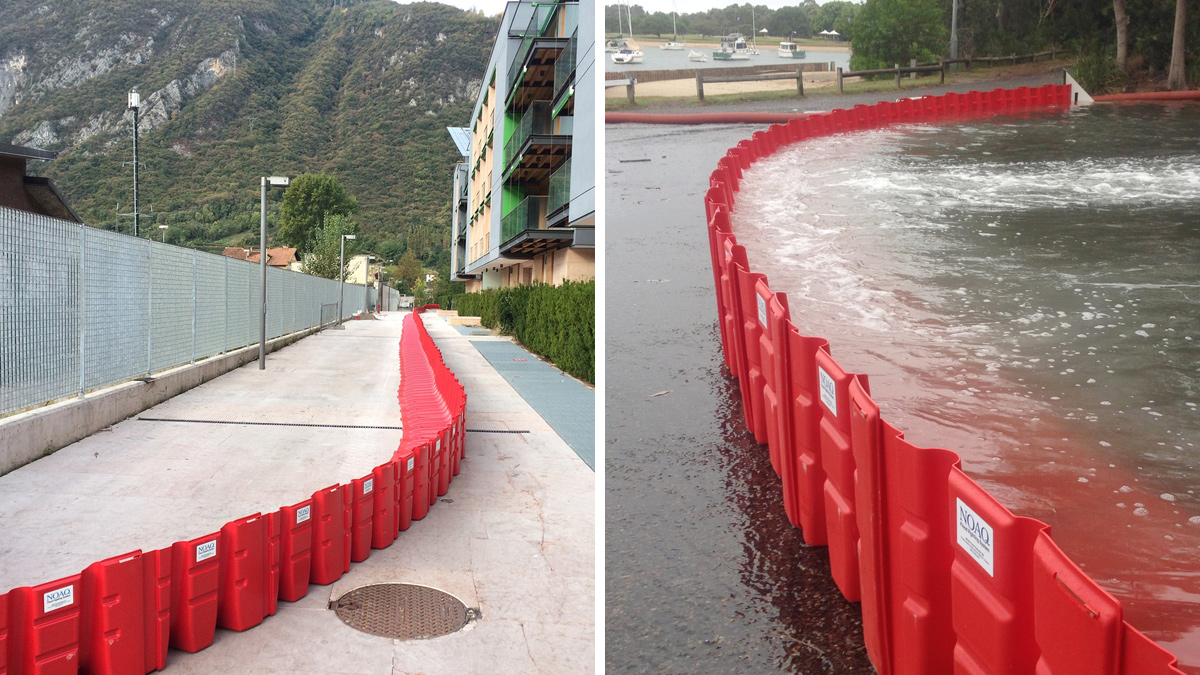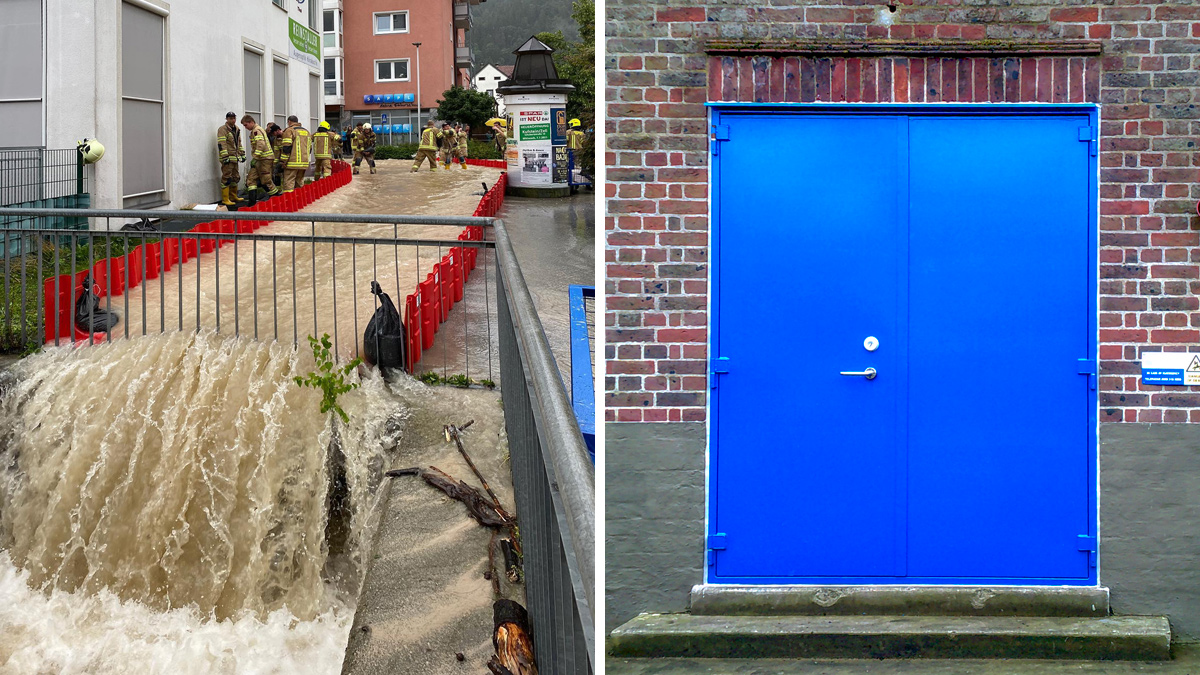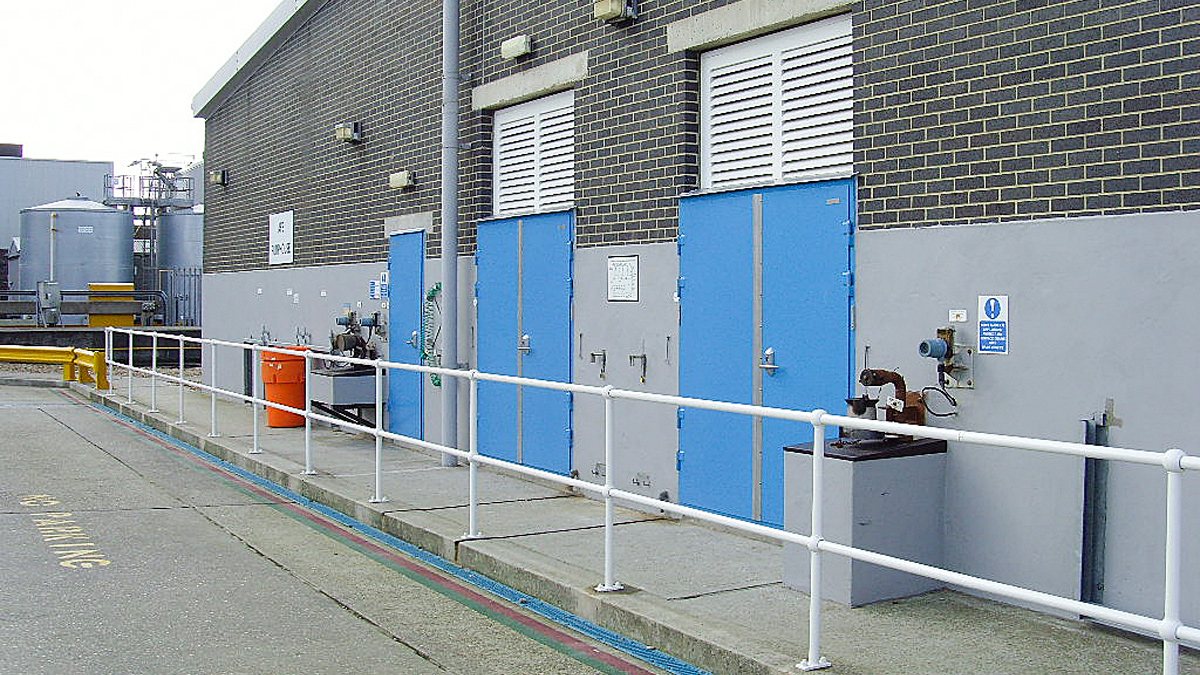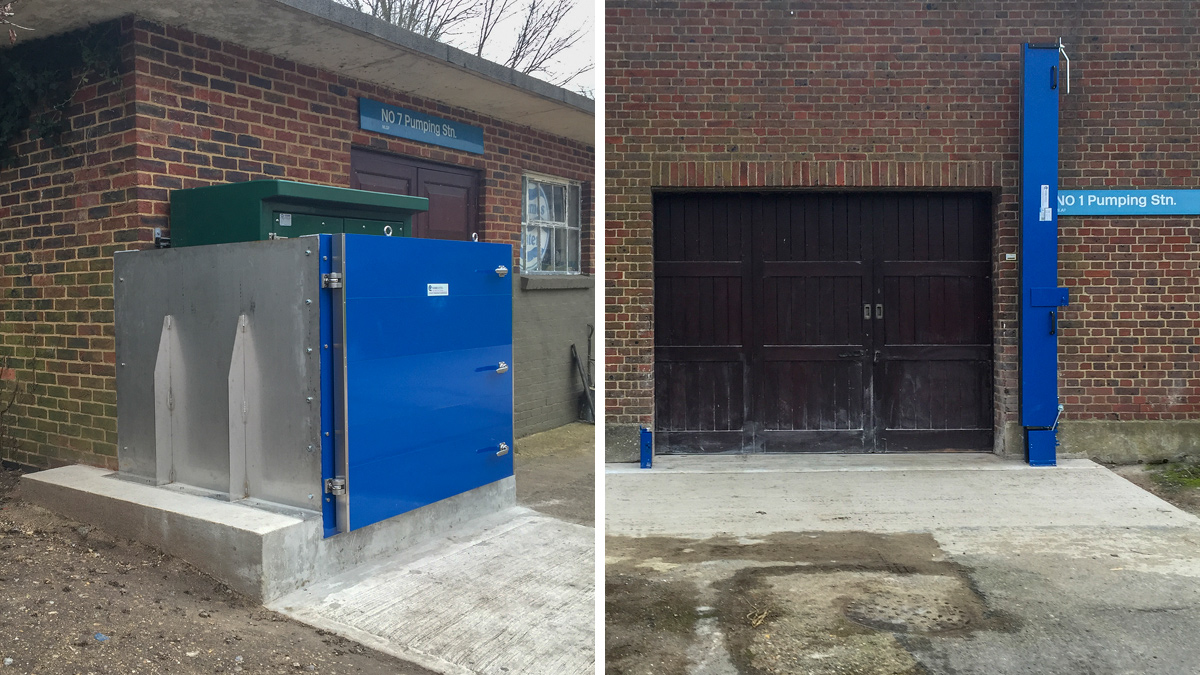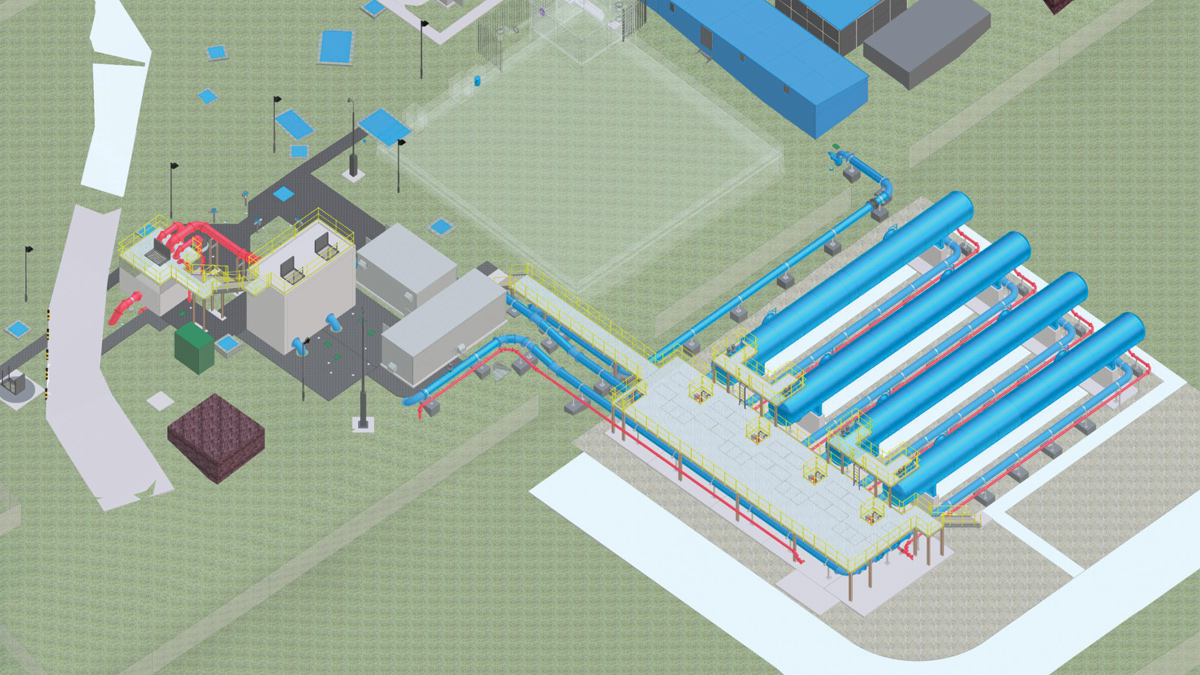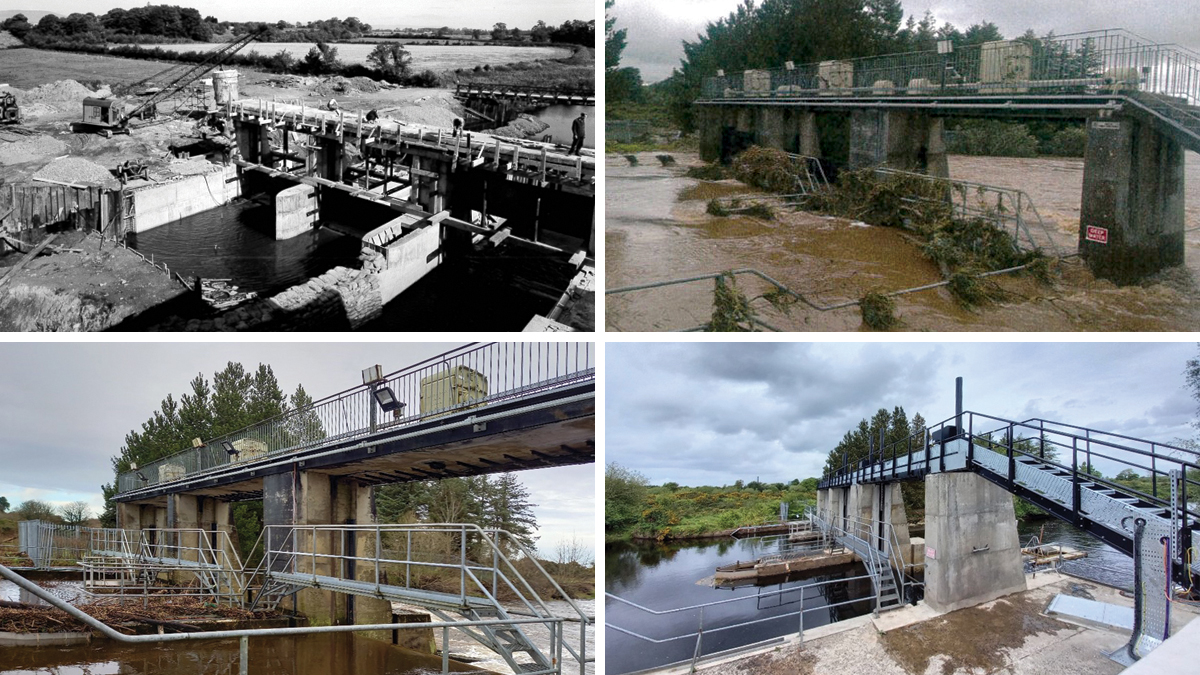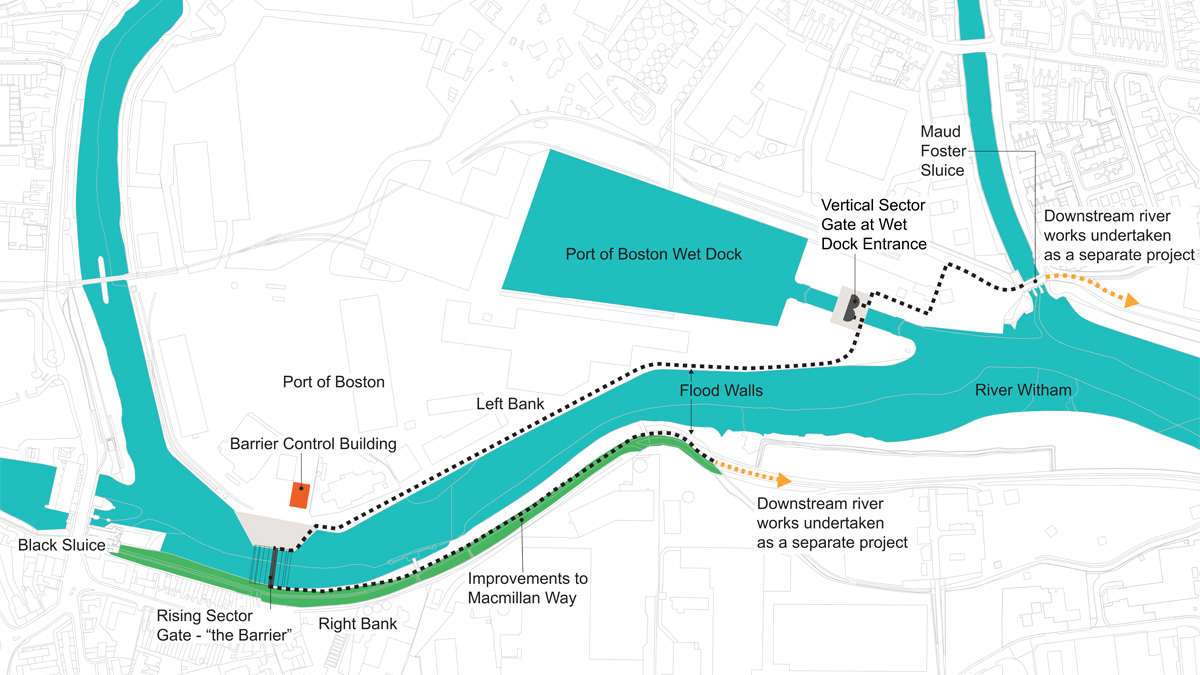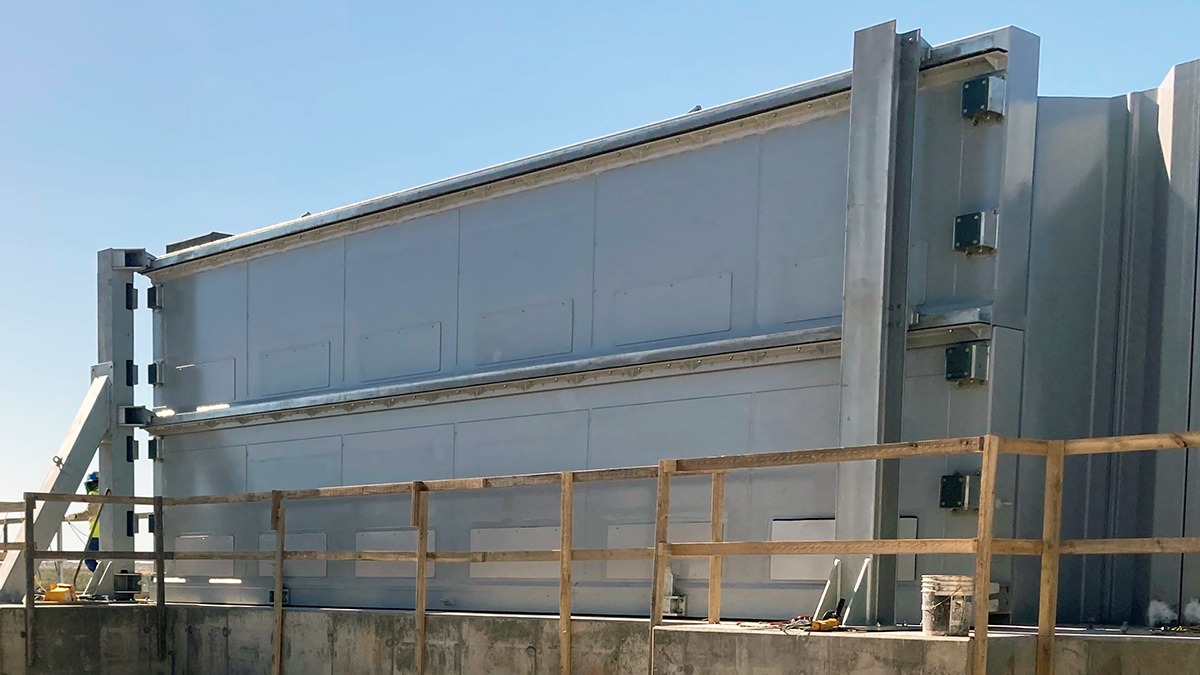Flood Control International
Danson Dam
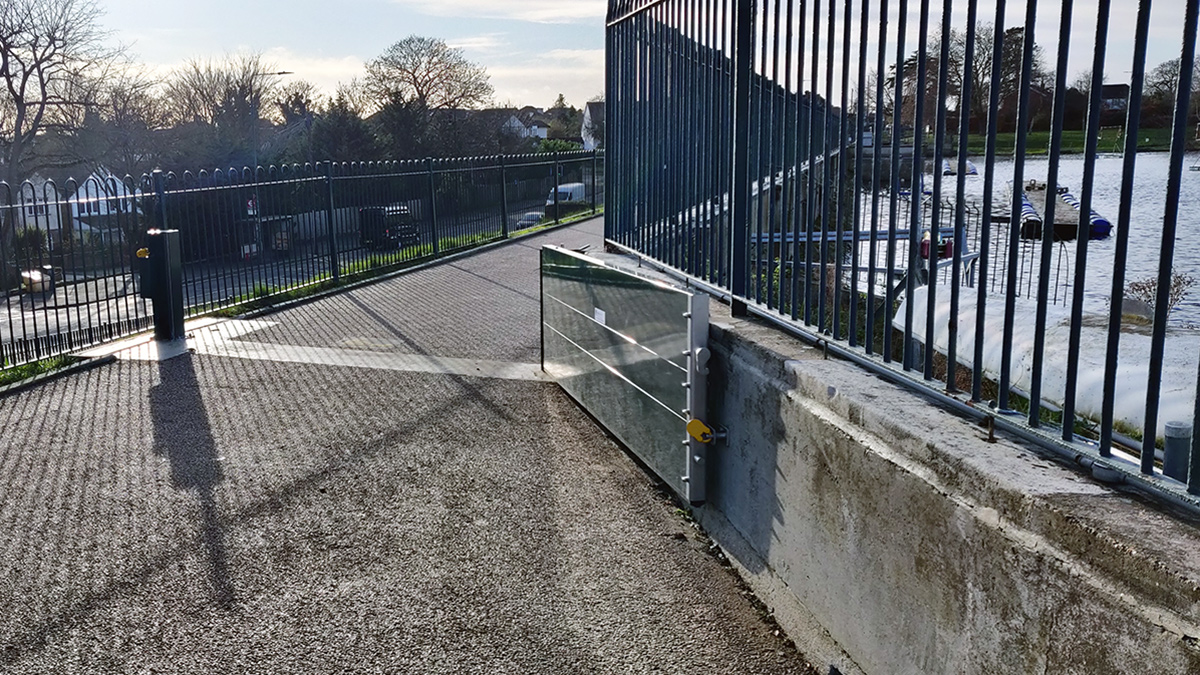
Courtesy of Flood Control International
Danson Park Lake is situated within a densely populated area of southeast London, near Bexleyheath. The lake receives water from a small catchment, which is entirely urban, apart from the immediate park, which bounds the lake to the north and south. The watercourse downstream of the dam is culverted for a considerable length, through housing, before emerging in Bexley Woods, approximately 600m downstream of the dam.
The requirement
To comply with Section 10 of the Reservoirs Act 1975, reservoir inspections are required at intervals not exceeding 10 years. During the last inspection it was identified that an increase in the spillway capacity was required to meet new legislation. The existing capacity was limited by the discharge pipework to approximately 2m3/s, whilst the probable maximum “safety check” flood is estimated at 45m3/s. A subsequent flood study indicated that it was not feasible to prevent overtopping of the dam. Instead, it recommended that the proposed works should include measures to protect the dam against overtopping flows.
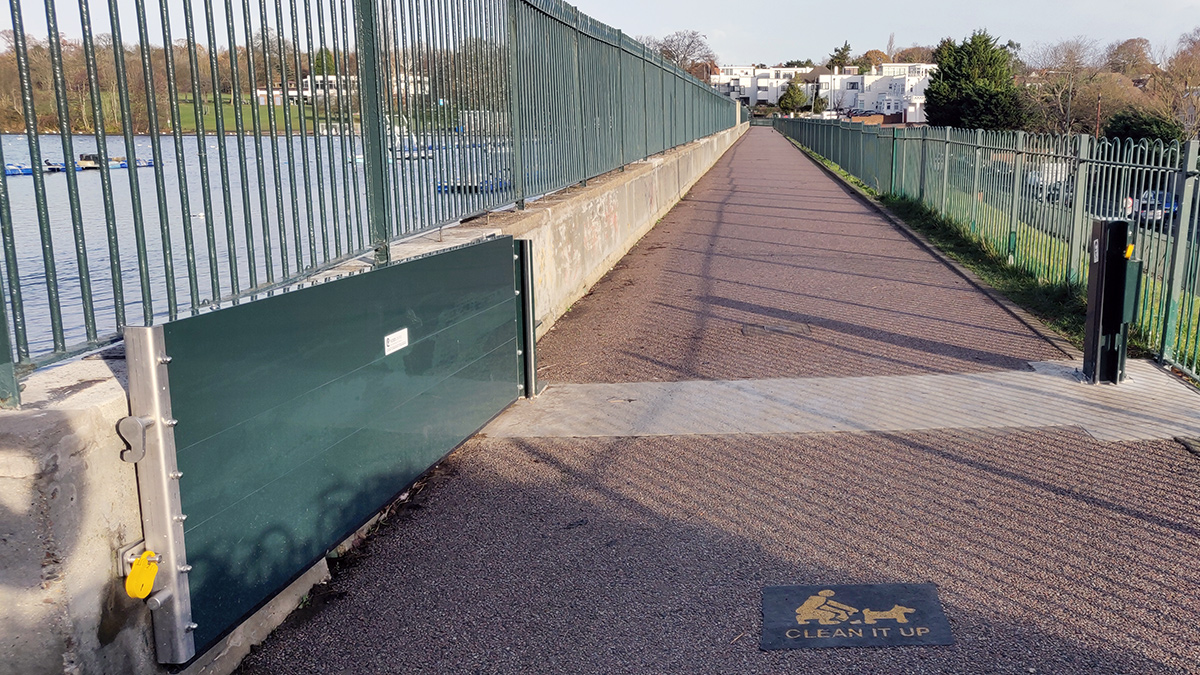
Courtesy of Flood Control International
The solution
The client considered the options on the basis of hydraulics, associated civil design, environmental impact and cost. The modification of the left bank, to function as a second auxiliary spillway, was identified as the preferred design option. This included installing a new floodgate on the crest road adjacent to the spillway, to prevent flow spilling south from the additional spillway during operation, as well as installing a second floodgate at the southern end of the dam adjacent to the existing (secondary) spillway, to prevent flow spilling north from the spillway during operation.
Lift hinge floodgates were specified, due to the need for maintaining a flat walkway for pedestrians and cyclists. This was a particularly novel project, as it was the first time Flood Control International’s floodgates have been used as flow diversion gates to protect an existing dam spillway.
|
For more information: Flood Control International | +44 (0)1822 619730 | https://floodcontrolinternational.com/


